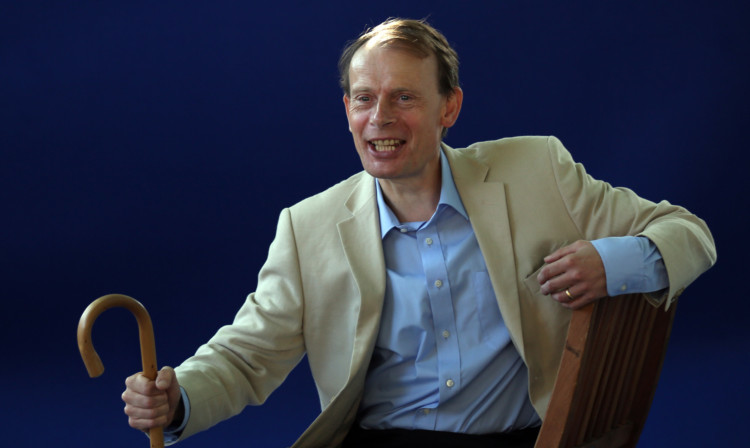Broadcaster Andrew Marr says he has been forced to smile less because of his stroke.
Marr, 54, who recently returned on-screen to present The Andrew Marr Show, said it would be two years before he had recovered.
The presenter, who walks with a stick and has a brace on his ankle which he operates with a remote-control device when he stands and walks, told the Radio Times that he had been “self-conscious” about his comeback.
“I normally use my body a lot when I’m talking. I wave my arms about. But I can only wave one arm around, so I’d fall over if I did it too much, and also my face is slightly less mobile, so I’m less inclined to smile and sort of make strange facial gestures as I work. I’m conscious about that as well,” he said.
He told the magazine that a common cold nearly delayed his return to air following the stroke in January.
“All week I had been sneezing and coughing, and I thought I’m not sure I can go through this show without blowing my nose and sneezing. That was actually what I was worrying about, not the stroke,” he said.
Asked whether he had changed following the stroke, he said: “You suck up experiences more intensely and you live the day more. And you’re much more aware of all the people all around us who have got really, really difficult disabilities who are looking after their parents, perhaps, and who frankly most of the time, like most people, I simply didn’t see. I wasn’t thinking about them. That has changed. I do see them now, I do think about it.”
